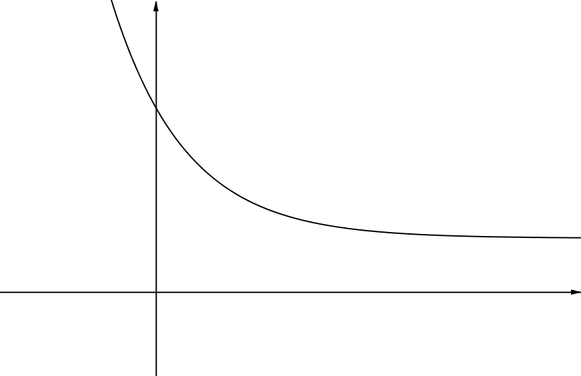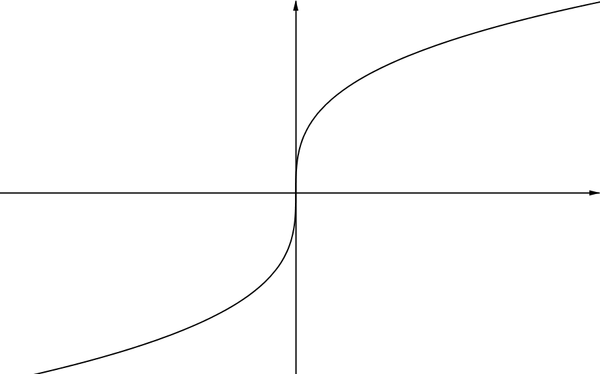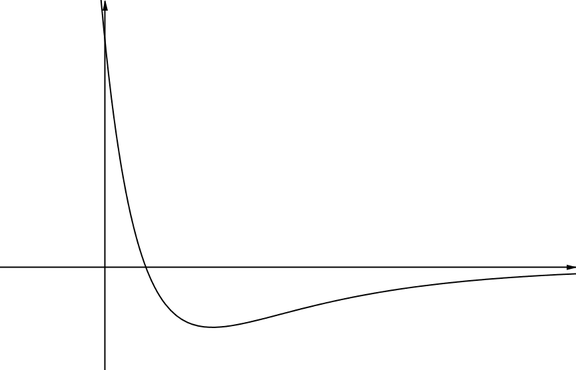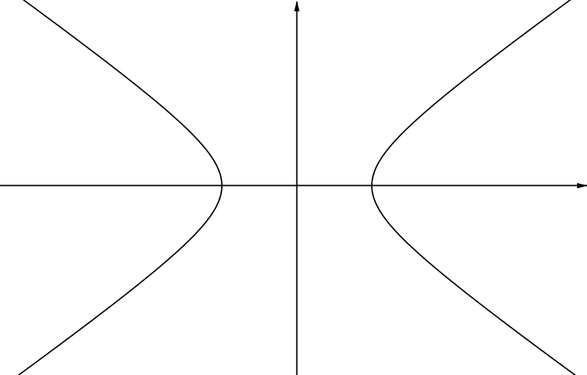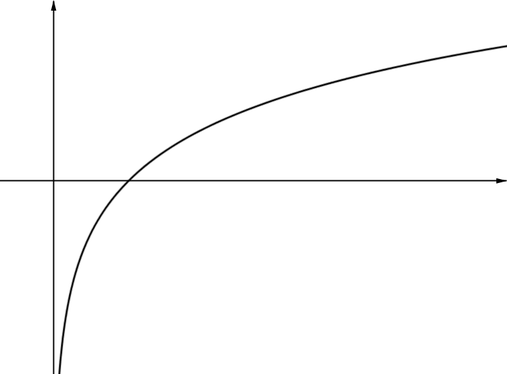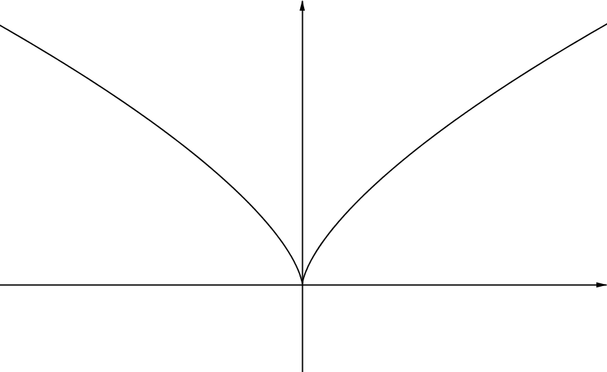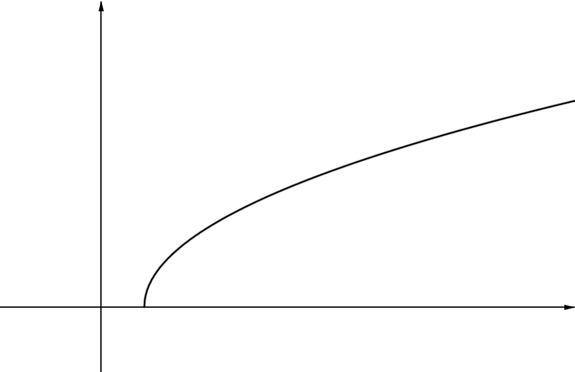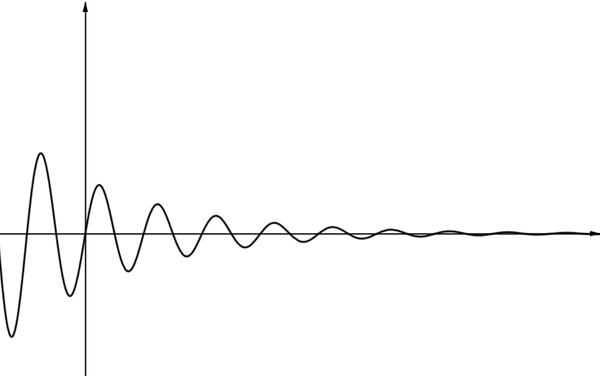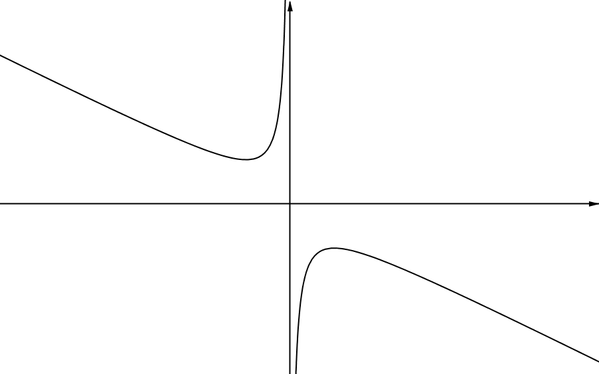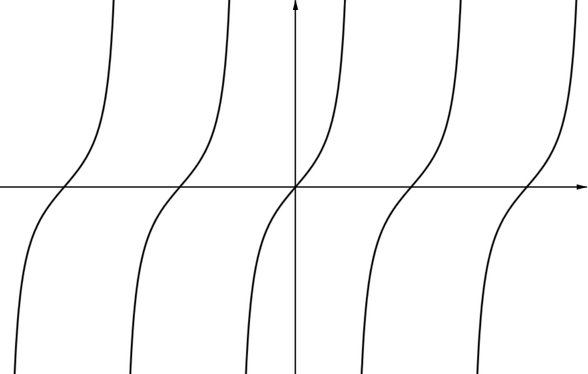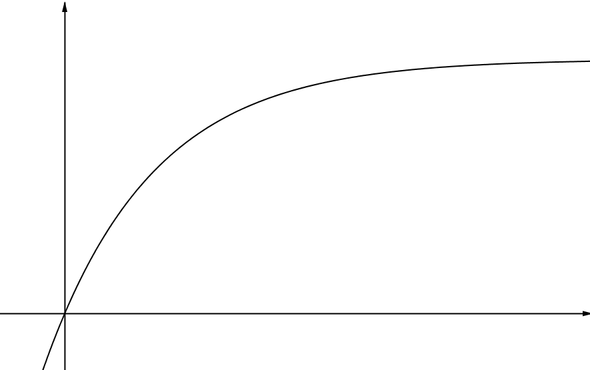How would you describe what an asymptote is?
Here are some descriptions or statements about asymptotes.
“An asymptote is a line which a curve gets closer and closer to but doesn’t meet.”
“An asymptote is a line which a curve approaches as \(x\) tends to infinity.”
“A curve can’t cross an asymptote.”
“Asymptotes are parallel to the coordinate axes.”
“A graph can only have one asymptote parallel to each axis.”
“Asymptotes occur when a function isn’t defined for certain input values.”
“A function tends to positive infinity on one side of an asymptote and tends to negative infinity on the other side.”
Here are some examples of curves, some of which have asymptotes. Use these to help you decide whether you agree with the statements above.
